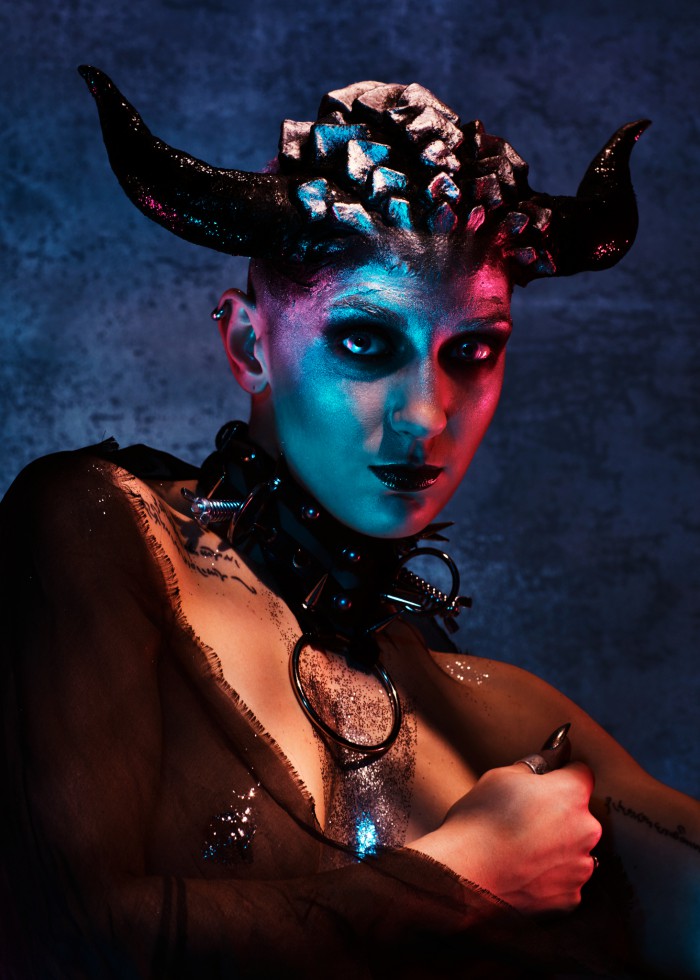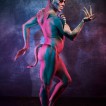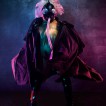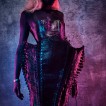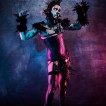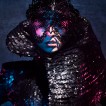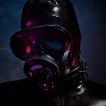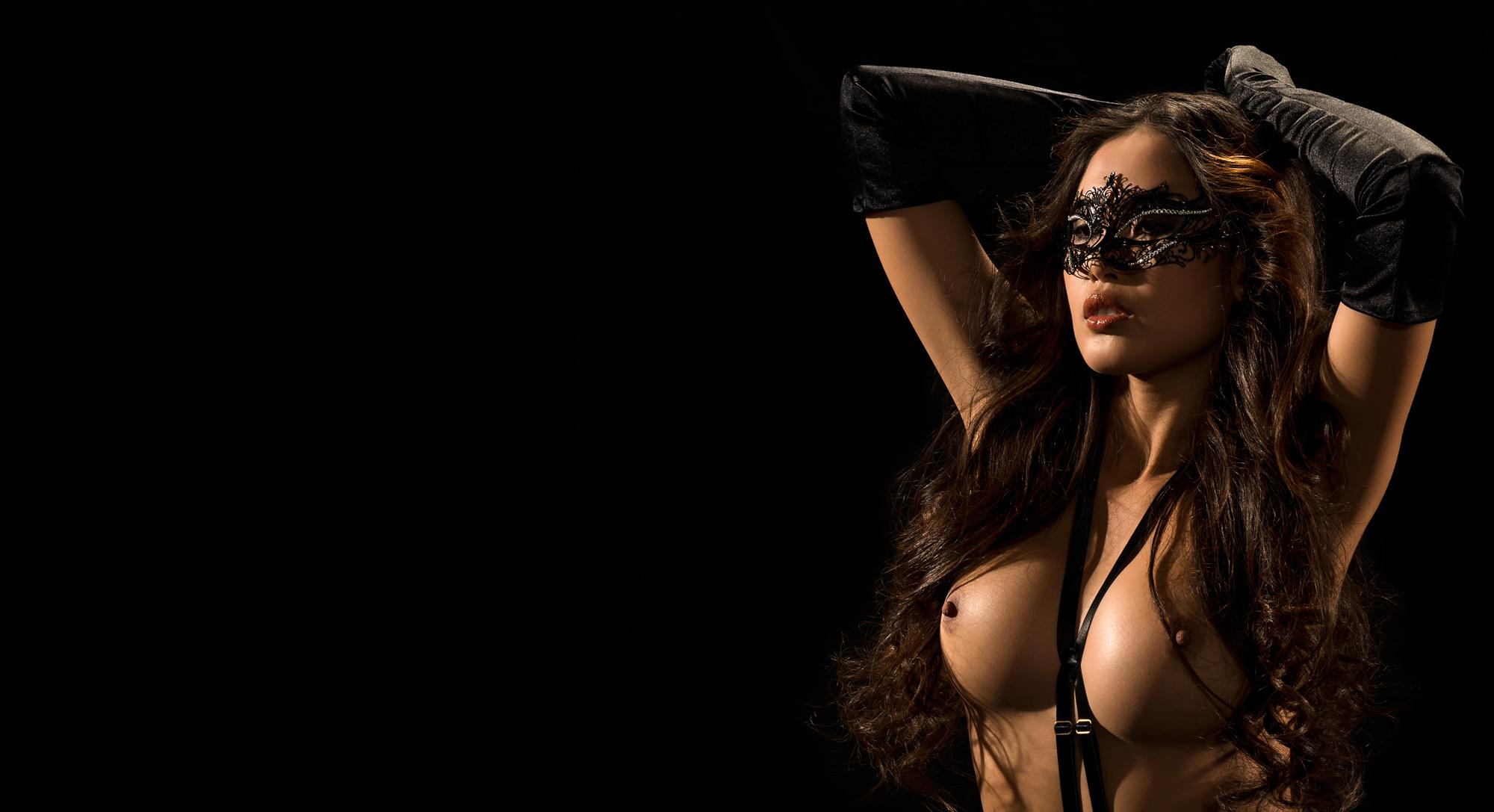
Search
Your daily dose of hot stuff
Hidden subcultures photography by Smith & Köppen
Smith & Köppen - Portrait photographer experts in exposing hidden subcultures in iconic work-of-art portraitures. They do things differently by using dramatic lightning effects when photographing, even outside of the studio environment.
They are well known for their underworld portraits of music festivals, events and nightclubs all over the world. Now everyone will be able to admire the dark beauty in stunning works of arts of Smith & Köppen
I had that pleasure to ask them few question about the unique work.
MartaM: Tell us your story: what is your background, what made you want to be a photographer?
The call to adventure. We both come from rural towns, in our home countries of the United States and Germany. We were international students on opposite sides of the globe, but with exactly same experiences in Australia and the UK where we both began in very different places as party photographers. As a photographic duo, we both love and are inspired by all aspects of photography and film. We want to make images in our own way and to explore hidden subcultures that are at the intersections of the fashion, design, and music that we love.
Smith: I never set out to become a photographer. I was actually studying cinematography in Australia. It was only after film school that I got a job as a photographer’s assistant doing studio lighting. There I fell in love with every aspect of the craft.
Koppen: I was trained as a carpenter and a paramedic. That’s where I really developed the hunger for the unknown. I found my inspiration while experiencing the ambiance of the nightlife. After a while, I tried to capture it. I later discovered that this tool- the camera- can open doors into different sub-cultures and societies without necessarily being a member.
MM: Remember the first photo you ever shot? Tell us about it.
Smith: I picked up a 35mm camera from my university’s equipment store. I think it was an old Vivitar with a 24-70mm lens. I was just doing a few tests, experimenting with the flash, and took a haunting portrait of my friend, a beautiful ballerina, on Velvia slide film. I’ll never forget that image.
Koppen: Growing up in the countryside in Germany, my dad took me on many walks through the moors and woods. He always had a camera and I remember one day he gave it to me during a walk and I photographed bird flying by. That was exciting, but I didn’t play with the camera again until years later.
MM: What has been your most memorable assignment and why?
Smith: When I was traveling near Bordeaux in 2008, I got this assignment photographing for what I called French Techno Gypsies. They all lived in camper vans and squats around the countryside, but every weekend they would come together for electro parties that lasted from Friday night to Monday morning. I couldn’t speak a word of French, but all I needed was my camera. There was never any budget. I was living out of a barn. I learned allot about what it is to be an artist that summer.
Koppen: In 1995, I went to Ibiza for about a month and started working for a photo laboratory shop in San Antonio, as a club photographer. It was pretty crazy! The first night of my job was a Monday and I had to go to the mega-club, Amnesia. The boss of the lab told me to be at the club at 1 AM. When I got there I found out it was a hardcore SM/Bondage party. Shocking for a little village boy like me, but fun and the camera gave me special permission and distance from the action — free entrance — free drinks — 30 rolls of 35mm film, Rock ‘n Roll. My fee was next to nothing but the experience will stay forever.
MM: Can you expand on your creative process?
We take our talent for portraiture and dramatic lighting effects into underground nightlife, exposing hidden dance music, style scenes, and cultures from all over the world.
To us, removing the context of the environment around our subjects, allows us to create a third space, apart from either a traditional studio or a person’s home, where the personal connection between the subjects and photographer is clearly visible.
Part of that is living the moment with our subjects, immersing ourselves in their environment, becoming part of that hidden city tribe or underground subculture, if only just for one night.
MM: If you weren’t doing what you are now, where would you work?
Smith: As a cinematographer for advertising commercials with large bottles of vodka and beautiful women.
Koppen: Running a beach bar.
MM: What reaction do you hope to get from people seeing your “ dark photography”?
That the darkness is not really dark. Darkness is just a mask for what is underneath that façade. We discover hidden subcultures and create a glimpse of these hidden worlds for everyone to see. Our photography is a tool for our subjects to display their individuality.
Also, all of the gatherings and festivals we travel to are beautiful and amazing in their own unique way. What we love is the celebration of diversity and creative expression. Even if most people would never find themselves in these places, we want our audience to view the images and consider the subject’s experiences and imagining the pulses of the music in the background. These moments we show are often transformational If you want to see the latest fashion or music you should go to a festival because that’s where it’s all happening right now.
MM: How did Smith & Köppen idea come to you?
We connected early 2016 when Smith moved to Amsterdam. Köppen had already been shooting subcultures for years and showed Smith the cream of Amsterdam nightlife.
Our very first photo project together was shooting fifty drag queens as part of a lip sync music video organized by Lady Galor with Drag Queens United. It was set in one of Amsterdam’s iconic nightclubs, Club Nyx. Smith was supposed to be assisting Köppen on the shoot, but there was plenty of room, so we made two little studios.
It was actually a few weeks later, when we sat down to go through the pictures together, that we thought, “Hey, instead of two setups, why not just collaborate?”
The process has evolved organically from there. One of our main influences has been the work of Irving Penn and his book Worlds in a Small Room. We want to bring his ambulant studio in the same way to the nightlife.
MM: What is most challenging about the job?
There’s no way to un-see what’s been seen. We play the parts of invited guest, documentarian, and artist all rolled into one complex and deeply layered set of experiences.
Our photographs are only a window into these hidden worlds. Perhaps most important are the photographs we choose not to take. There are experiences that cannot be documented because they can only be lived. The most challenging part of being a photographer is to embrace that, to only belong in the moment. Once that’s gone, we must live with everything that we've experienced, knowing no photograph can compare to vivid and wonderful reality.
MM: What are your ambitions for the future?
Traveling the world with our portable studio, discovering hidden subcultures and capturing them and developing them into a photographic book and exhibition.
MM: Do you want to share with us anything else about your work?
We’re both cinephiles. The seed of our ideas often starts out of wanting to recreate a character, mood, or a lighting effect we’ve seen in a movie. For our Planet Wasteland essay, we were really inspired by TRON, Bladerunner, and that neon glow you’d see in 80s films. We took that and then had to push that even further to achieve something otherworldly.
Film Noir and classic Hollywood are also big inspirations for us, watch out for their influence on our future works.
MM: Where can we see more of your work apart of your website?
Follow the evolution of our project on Instagram: @smithkoppen.
Our studio is traveling to Paris on June 23 to continue our exploration of the European underground ball scene at the Cabaret Ball, hosted by Kiara Ninja.
We’re busy preparing an exhibition for the 2017 Amsterdam Gay Pride. Our work has also been preselected for the 2017 Voies Off Awards in Arles.
Koppen’s portrait project of Ladyboy (transgender women) in Thailand has won the New York Photo Awards and taken third prize at the Dutch Award - Zilveren Camera. Part of the story is currently published in the Art Magazine - European Photography #93 ”Off Limits”.
Gallery of Planet Wasteland - North Sea Venue 25.11.16
Wasteland is Europe’s most notorious adult playground where the fetish lifestyle is celebrated and applauded. Photographers Marcus Koppen and Darren Smith had the privilege to be invited backstage to document the visual transformation of the artists and performers into otherworldly characters. The series of photographs plunge us into a dystopian world with an overlay of neon, futuristic science-fiction.....
